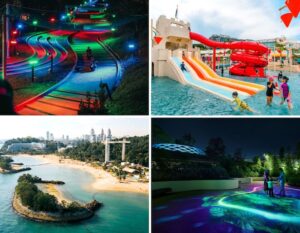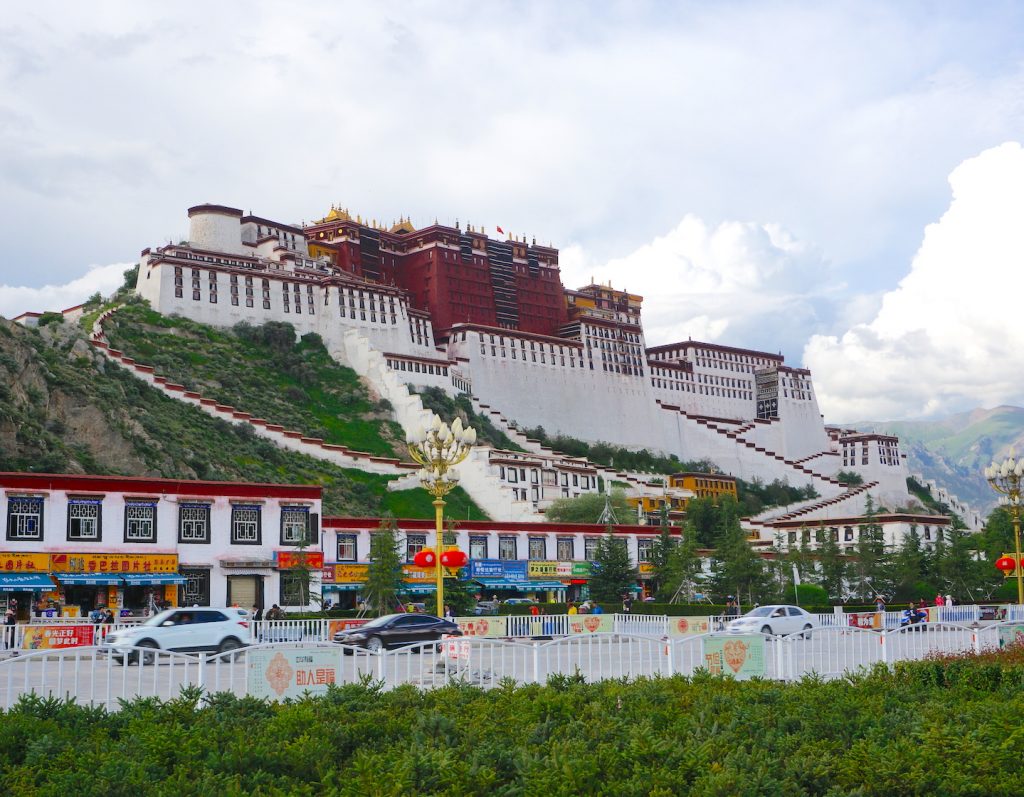

Ready for a different kind of family travel destination, mama? Get yourself to Lhasa, Tibet (that’s the hard part) and you may never want to leave!
If you’re in the middle of summer holidays, mama, travelling back home to visit family, or exploring destinations unknown, it’s probably a good time to start making travel plans for the next long weekend, or even mid-term school break.
If, like me, you like wandering off the beaten path and exploring both culture and people, then make plans to visit the serene Tibetan city of Lhasa – which aptly translates to ‘Land of the Gods’.
Most people know little more about Lhasa than the iconic red-and-white Potala Palace, once the winter home of the Dalai Lama. Capital of the Tibet Autonomous Region, Lhasa lies on the Lhasa River’s north bank in a valley of the Himalayas, rising atop the Red Mountain at an altitude of 3,700m.
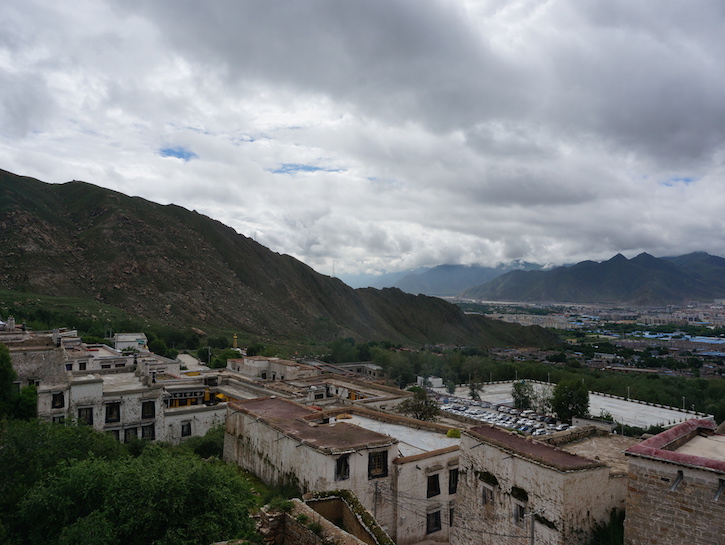

Getting to Lhasa is a little bit of a trek given you probably won’t spend more than four nights here if it’s just for a little holiday, but we did it on the back of a family trip to China, making it a convenient three and a half hour flight from Xi’an (or you could also take the overnight 31 hour train journey connecting the two cities).
Do note that travel to Tibet is strictly controlled for foreign visitors, so it’s best to engage a reputable inbound China tour operator to obtain the special permits and hotel reservations on your behalf. Try checking out the Lhasa travel forum on TripAdvisor for some verified recommendations.
Travelling with kids, I highly recommend taking the short flight there, not only because it is heaps more convenient, but also because of the spectacular landing approach between the mountains near Gonggar Airport – it’s so incredible.
At an elevation of 3,500m above sea level, this airport is one of the highest in the world, so the pilots landing here have to be specially trained in handling manoeuvres at landing at the high altitude. Yes, sometimes the landing is as nerve-wracking as it sounds, but given the frequency of strong air currents picking up in the afternoon, most flights into the airport are scheduled in the morning, making the beautiful surrounds worth the plane ride in.
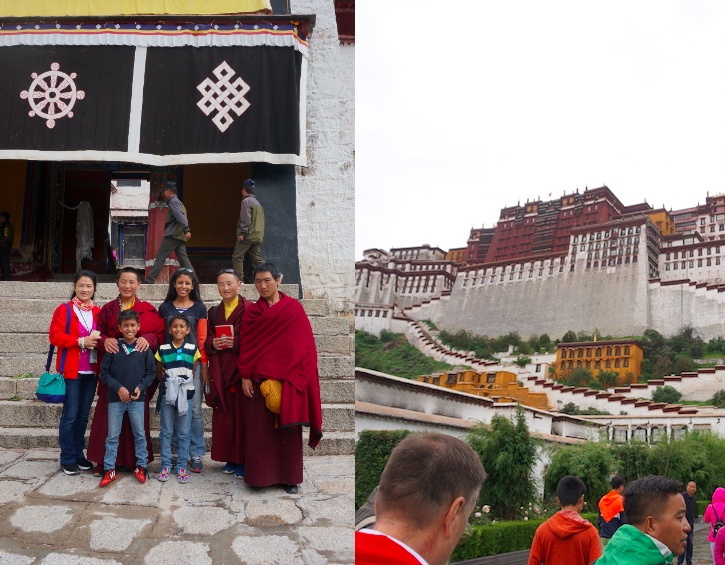

Upon arrival at the airport, the travel agent or hotel rep will be waiting to take you to your hotel, so you don’t have to worry about conversing in the local language, or transportation. As a very small city, traditional values are still very dear to the locals, so expect to be presented with a silk white scarf – the Tibetan khata – which is the traditional ceremonial Buddhist scarf symbolising a big heart, purity and compassion of the giver.
Not only is it a touching gesture, but the khata makes for a wonderful keepsake and memory. I still fondly recall the serenity that seemed to envelop us as we pulled away from the airport in a taxi, taking in the vast mountains across the peaceful countryside. There’s so much tranquillity and honest placidity here, you almost don’t want to think about having to eventually return to real city life.
Given Lhasa’s high altitude (3,656m!), expect young children to feel slightly dizzy due to the lower oxygen levels; while this only lasts for a few hours after landing, most international hotels offer ‘an oxygen lounge’, where the room is pumped with 100 percent oxygen.
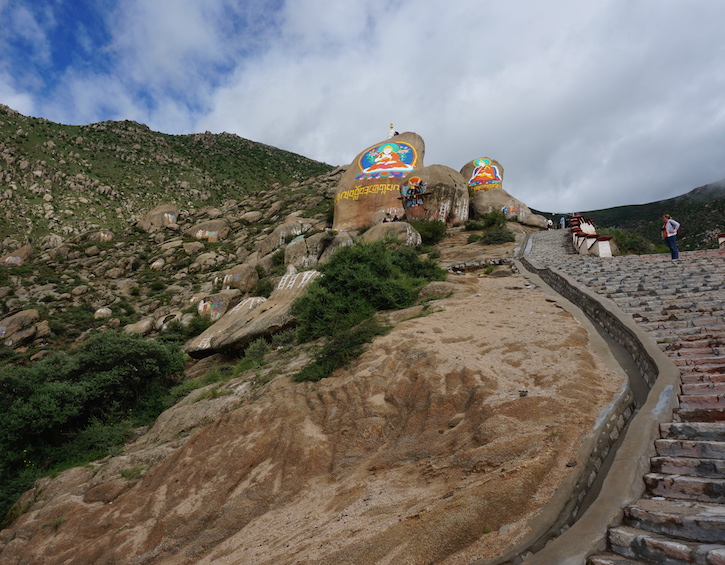

Also, drinking the local butter tea (it’s usually salty, made with yak milk and butter, tea and salt) helps you acclimatise to the thin and cold air, giving the drinker energy, fat and calories.
Food-wise, the (deliciously exotic) cuisine is a mix of Chinese, Indian and Nepalese accents, and is best known for its noodles, meats (goat, yak, mutton), dumplings, soups, yak butter and yak cheese. I was thrilled when I got to try yak for the first time – I’d describe it as a dryer and chewier version of beef, making it very versatile for curries, dumplings, spring rolls and more. Barley is preferred over rice, and the flour milled from roasted barley – tsampa – is one of the country’s staple foods.
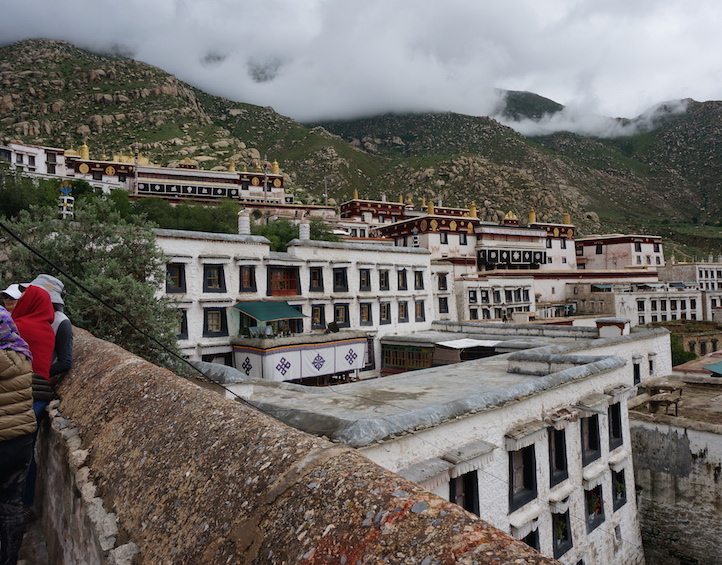

While planning your itinerary, I would suggest leaving the day of arrival completely free, and start sightseeing the next day after a good night’s rest. Naturally, Tibet is rife with monasteries and temples, so while it’s a treat for the spiritual side, they all do start looking pretty much the same after some time. Some important must do’s I would recommend doing here are:
- Potala Palace – this awe-inspiring 17th century hilltop citadel once served as the palatial dwelling of Dalai Lamas. But today the massive 13-story, 1,000-plus room complex serves little more than as a state museum. A visit here renders you a peek in to the well-preserved living quarters and reception rooms, age-old shrines and religious ceremonial halls, and the sacred, gilded and bejewelled stupas containing the mummified tombs of Tibet’s past Dalai Lamas.
- Sera Monastery – Founded in 1419, this 600-year-old monastery once housed over 5,000 monks (today a mere fraction remain there), and it is one of the ‘great 3’ Gelug university monasteries of Tibet, located 1.25 miles north of Lhasa. Explore the large assembly hall with its murals and icons, and look through real hand-printed prayer books in the monk-run shop, before stopping to experience the world-famous debate sessions that the monastery is famous for.
- Drepung Monastery – Another part of the ‘great 3’ Gelug university monasteries, Drepung is known as the most important monastery of Gelugpa in Tibetan Buddhism. Interestingly, the name ‘drepung’ means ‘collecting rice’ in the Tibetan language, and the monastery was given this name because seen from afar, its grand, white construction gives the appearance of a large heap of rice. As with any monastery, this one in particular has monks looking out to bless children by putting a touch of black soot on the child’s nose.
- Jokhang Temple – this 1,400 year old golden rooftop temple with its intricate labyrinthine interior network of shrines and prayer rooms is probably the most revered stop of any Tibetan Buddhist pilgrimages. Breathe in the air thick with incense, make a wish and spin the prayer wheels, light yak butter candles and listen to the peaceful chanting of monks amid ancient statues.


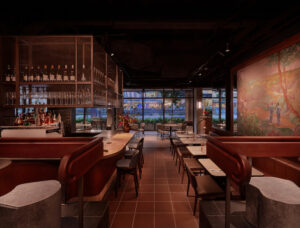



 View All
View All




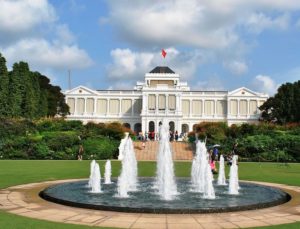
 View All
View All







 View All
View All


